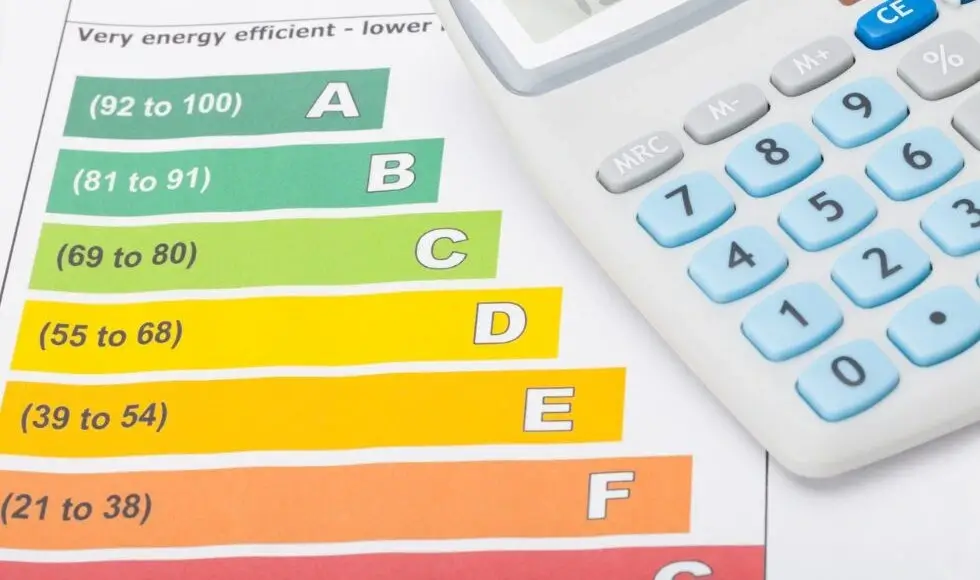How EPC Ratings Are Calculated in the UK
Understanding how an EPC (Energy Performance Certificate) rating is calculated can help you make informed decisions about improving your property’s energy efficiency. Whether you’re a homeowner, landlord, or estate agent, knowing what assessors look for can give you a clearer picture of how your property is scored and what impacts that final A–G rating.
Here’s a clear breakdown of how EPC ratings are calculated for down how EPCs are calculated for existing dwellings in the UK. We’ll keep it practical, accurate, and easy to follow.

What Is an EPC Rating?
An EPC rating reflects how energy efficient a property is on a scale from A (very efficient) to G (very inefficient). It helps buyers, tenants, and owners understand how much it might cost to run a home in terms of heating, lighting, and hot water — see what an EPC is and who needs one. The better the rating, the lower the estimated energy costs.
The EPC is produced by a qualified Domestic Energy Assessor who visits the property and enters the findings into approved software to calculate the score. For existing homes, this is done using a method called RdSAP (Reduced Data Standard Assessment Procedure).
What Assessors Look At
When assessing an existing home, the assessor examines the building fabric, heating systems, lighting, glazing, and any renewable technologies. This includes checking insulation in the walls, roof, and floors, the type and efficiency of the heating system, the presence of heating controls, the quality of glazing, and the proportion of low-energy lighting.
They also consider the property’s construction type and age, which help determine assumed values if certain details (like wall insulation) can’t be verified. If visible evidence is not available, default values are applied based on the property’s age.
How the Rating Is Calculated
Once all the data is gathered, it’s input into government-approved software. The software models how much energy the home is likely to use per square metre for heating, lighting, and hot water. It estimates the total energy demand, how well the building retains heat, and how efficiently energy is used.
This process results in a SAP score (Standard Assessment Procedure), which is then converted into an EPC band:
- A: 92–100
- B: 81–91
- C: 69–80
- D: 55–68
- E: 39–54
- F: 21–38
- G: 1–20
Improving insulation, upgrading heating systems, or installing double glazing can move a property into a higher band. Discover how RdSAP 10 will change EPC calculations and impact future assessments.
Why the EPC Might Not Match Your Bills
EPC scores are based on standard assumptions rather than your actual energy usage. The calculation assumes average thermostat settings, occupancy levels, and heating schedules. That means two identical homes with different occupants can have very different energy bills, even if their EPCs are the same.
Think of an EPC as a performance label for the building itself — not a reflection of personal lifestyle or behaviour.
Final Thoughts
EPC ratings are calculated using a consistent, government-approved process. By understanding how the rating is produced, you’ll be better placed to identify why your home received a particular score and what improvements can have the greatest impact.
If you’re planning any upgrades, keep receipts and documentation so they can be accounted for in your next EPC assessment.
Need an EPC? Our network of qualified, independent energy assessors handle both domestic and commercial EPCs. Visit the Areas We Cover page to find your local assessor.
